QuestionQUESTION: Hi Thanks for all the information! Its really Helpful. My department is no to big so i decide to tray a 26 gall tank remember?. I was wandering what size do i need for the quarantine tank and what i need for it.
ANSWER: HI Jerry. A quarantine tank does not have to be an elaborate set up. A 10-15 gallon tank, simple filter, heater and plenty of places to hide is really all that is needed. You do not have to put any substrate in there although you can if you want. It is easier to keep clean without the sand in it and if you should get a fish that develops ich or another parasitic infection, being able to siphon the bare bottom of the tank makes cleaning out any non attached parasites easier. Hiding spaces are important because you will want any newly acquired fish to feel comfortable and as stress free as possible. I like to use a few PVC pipe elbows in different sizes on the bottom of the quarantine tank for areas to provide a shy fish to hide. You do not have to provide the fish in quarantine with a pricey lighting system. It is better to keep the light a little subdued and a regular single tube florescent light would be plenty. The reason for keeping a fish in a quarantine tank is not only to be able to observe it for any signs of illness or parasites but to also give it a good place to make the transition from being in the ocean, captured, and shipped around several times. A newly acquired fish has been through a pretty traumatic ordeal. A quarantine tank provides the fish a place to settle down and begin eating and also helps it to acclimate easier to aquarium life with out the bullying effects of other already established tank inhabitants. After the quarantine period the new fish should be eating well, healthy and confident and ready to be placed with in a community of other fishes.
---------- FOLLOW-UP ----------
QUESTION: Hi Thanks, I Really appreciate the info its really Helpful. My last question, some steps for acclimate the salt fish and coral
AnswerGlad to help! To acclimate your fish and corals the procedure is basically the same. Float the bag in the tank with it open or get a specimen container that hangs on the side of the tank and place the bagged creature and water in there. This will help to acclimate the animal to your tank's temperature. Now you can either get an acclimator that drips water into the bag or container slowly over a period of a half hour(this can be home made rather easily) or you can simply put about a shot glass full of your tank water into the bag every ten minutes for a total of forty minutes. After this acclimation period net the fish out and place it into your tank and discard the water. Doing an acclimation longer is not always better. The fish can get very stressed out if left too long in the container weather you are dripping water in there or not. Some of your more delicate corals can be acclimated for a longer period and you may want to do a lugol's dip on them before putting them into your tank as well. A lugol's dip can be done as you are acclimating the coral. Place the coral and it's water in a small bucket, using an airline tubing and a valve slowly drip water into the bucket for 20 minutes. Add the lugol's solution in the appropriate amount according to the volume of water in the bucket. Keep acclimating with the drip method for another ten minutes then add the coral only to your tank. You do not have to use the lugol's solution but it is sometimes a good idea. Also when placing the new coral in your tank it is a good idea to keep it in an area of lower light and gradually move it up to the appropriate light level over a couple of days. Sometimes newly purchased corals have been kept in less than adequate lighting and can actually be stressed out from light shock if placed directly under intense lighting. However if you saw the tank the coral was housed in when you bought it and it was under very intense lighting there then this process can be skipped. This is a good idea if you plan on mail ordering any corals.

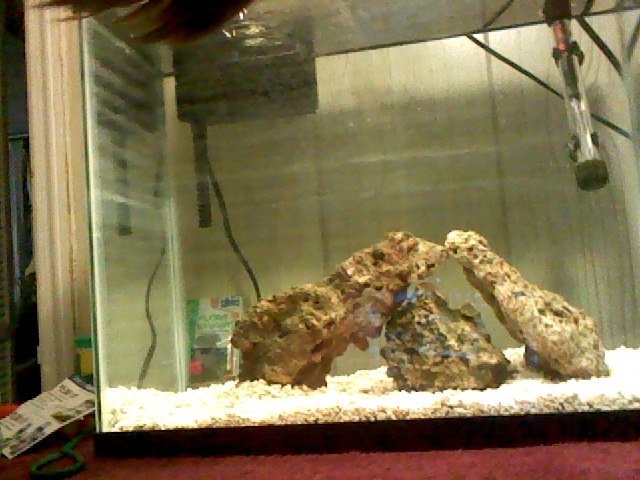 15 gallon FOWLR
Question
un populated
Im am setting up a 15 gallon FOW
15 gallon FOWLR
Question
un populated
Im am setting up a 15 gallon FOW
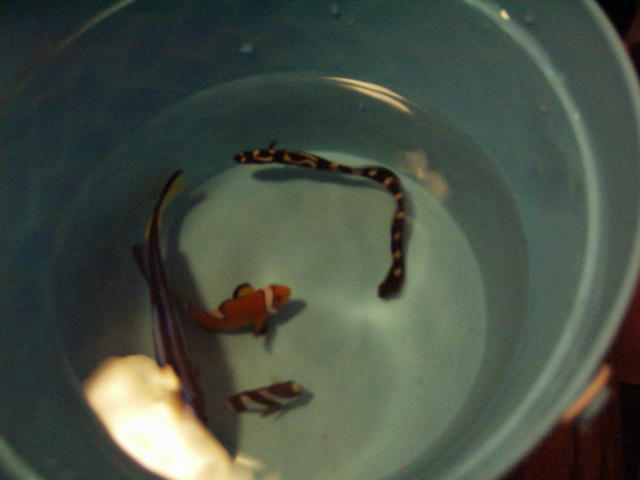 fish id
QuestionQUESTION: I have a long slender fish in my salt
fish id
QuestionQUESTION: I have a long slender fish in my salt
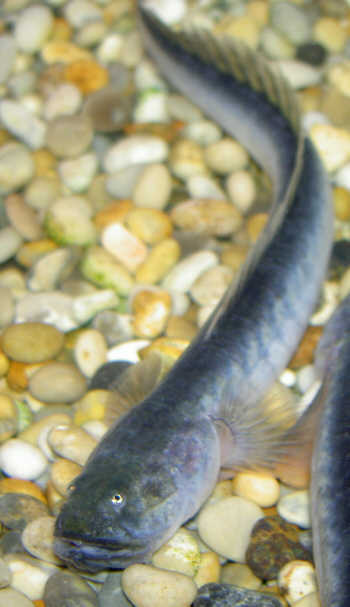 sick dragonfish
QuestionHello. Ive been reading a lot about sick dragon
sick dragonfish
QuestionHello. Ive been reading a lot about sick dragon
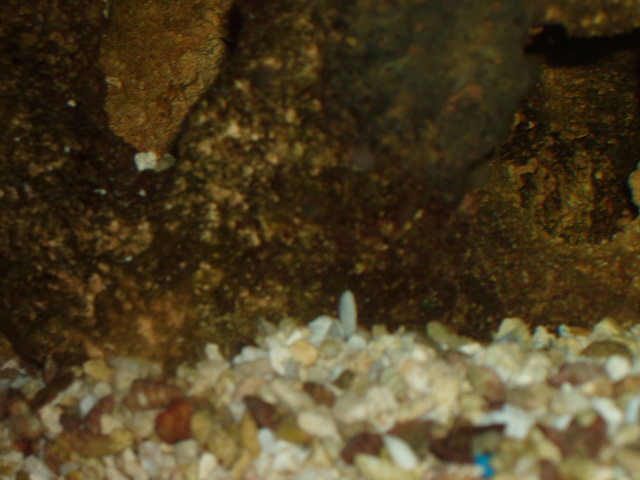 Webs
Question
Tank webs
My 100 gal salt water tank ha
Webs
Question
Tank webs
My 100 gal salt water tank ha
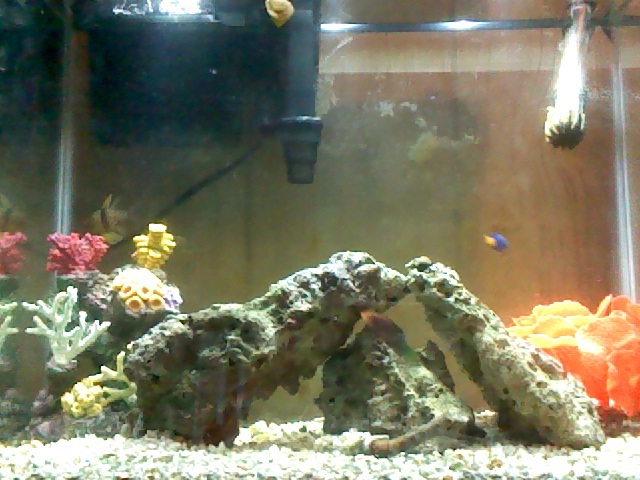 tank stock
Question
my tank
hello, i have a 14 gallon marine tank,
tank stock
Question
my tank
hello, i have a 14 gallon marine tank,